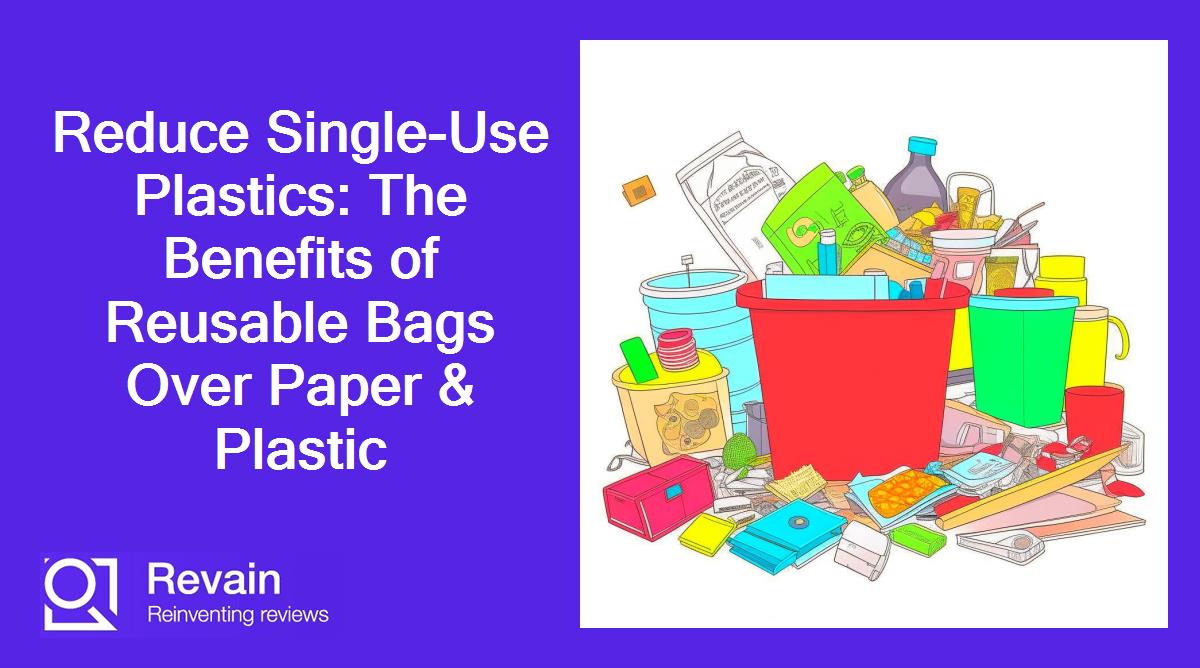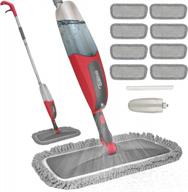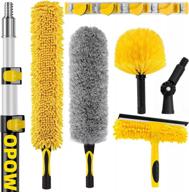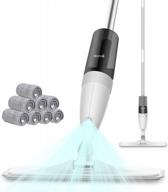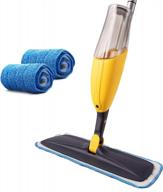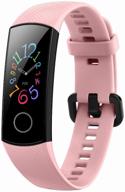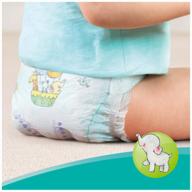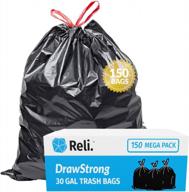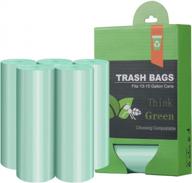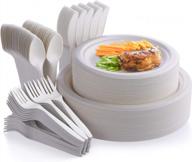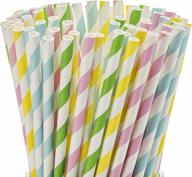Achieve Cleanliness and Organization with Paper and Plastic Products
Keeping your home tidy and organized can seem like a monumental task. But with the right paper and plastic products, you can establish cleaning routines that make it easy to stay on top of messes and clutter. Read on for tips on using paper towels, trash bags, storage containers and more to create a cleaner, more organized home.
Declutter with Storage Containers
Plastic storage containers are ideal for corralling all the stuff that piles up around your home. Use them to:
- Store out-of-season clothes under beds
- Organize toys in playrooms, bedrooms and family rooms
- Keep pantry food items sealed and organized
Look for containers with secure lids and clear sides so you can easily see contents. Label them so you and family members know what's inside.
Keep Surfaces Tidy with Paper Towels
Paper towels are a staple cleaning supply for wiping up spills, messes and dirt on countertops, appliances, mirrors and more. Keep them handy in the kitchen, bathrooms, garage and other areas prone to messes. Choose ultra-absorbent paper towels that tackle big spills and dry quickly without shredding or leaving lint behind.
Achieve a Clutter-Free Home with Trash Bags
Ample trash bags ensure you never run short when cleaning or have overflowing wastebaskets leaving a mess. Use sturdy plastic trash bags to:
- Line wastebaskets throughout your home
- Collect and contain clutter before vacuuming or decluttering
- Discard old documents and other unneeded paper items
Look for tear-resistant bags with drawstring ties for easy removal. Scented bags can help contain odors between changes.
Maintain Order with Checklists
Checklists and schedules can help you maintain cleaning and organization routines. Here are some suggestions:
- Create a master cleaning checklist that includes daily, weekly and monthly tasks.
- Use a paper wall calendar to schedule and track cleaning tasks.
- Make a checklist for each family member with their designated chores.
- Post checklists where they will be visible - like on the fridge.
Check off tasks as they are completed for an easy way to stay accountable. Update your lists regularly based on changing needs.
Get the Whole Family Involved
Make it a team effort by getting everyone in your household involved. Have a family meeting to:
- Assign chores based on age and ability
- Agree on household rules like no eating in bedrooms
- Schedule regular decluttering and cleaning sessions
- Set up a reward system for completed tasks
With the right paper and plastic products and some organization, your home can be clean, clutter-free and much easier to maintain.
Another interesting products
Declutter with Storage Containers
Clutter can quickly take over homes with too much stuff and not enough storage solutions. Luckily, plastic storage containers offer an affordable and versatile way to organize all those items into neat and tidy order.
Benefits of Using Containers for Storage
- They come in many sizes to suit different needs.
- Clear plastic lets you easily see contents.
- They can be stacked, arranged on shelves or stored under beds.
- Lids keep contents dust-free and concealed.
Similar products
Tips for Using Containers to Declutter
Choose Appropriate Sizes
Measure items you want to store and buy containers suited to their dimensions. It's frustrating when things don't fit.
Label Clearly
Use permanent marker or adhesive labels to identify contents. This prevents opening multiple containers while looking for something.
Assign Categories
Devise a labeling system so anyone can identify and re-shelve containers. For example:
- Sweaters
- Game Pieces
- Camping Gear
Store Efficiently
Arrange containers so you can access frequently used items easily. Group like items together for simplicity.
Re-evaluate Contents
When retrieving or replacing containers, check if you still use or need the contents. Donate or discard unused items.
Recommended Spots to Use Storage Containers
- Closets - Store out-of-season clothing and shoes in compact stacks.
- Garage - Keep tools, sporting goods and hardware organized.
- Pantry - Sort canned goods, baking supplies and packaged foods.
- Office - Corral pens, clips, tapes and other supplies out of sight.
- Toy Rooms - Contain action figures, doll clothes, blocks and more in labeled bins.
Decluttering with storage containers is an ongoing process. But taking the time to properly organize and contain clutter leads to tidy, peaceful and functional living spaces.
Keep Surfaces Tidy with Paper Towels
Paper towels are a cleaning must-have for quickly wiping up spills and messes on countertops, tables, appliances and more. Keeping them stocked and within reach makes it easy to maintain tidy surfaces throughout your home.
Key Uses for Paper Towels
- Clean countertops - Wipe up food preparation messes, spills and grease splatters daily.
- Shine appliances - Give stainless steel appliances a streak-free clean when they look smudgy.
- Spot clean floors - For a quick mop-up of mud, dirt, grease or spills between deep cleans.
- Clean mirrors and glass - Remove fingerprints, splash backs and dust.
- Dust furniture - Swipe over surfaces to remove dust in between deep cleanings.
Top products in 📦 Paper & Plastic
Choosing the Right Paper Towels
With so many options on the market, it helps to know what makes for an effective, high-quality paper towel:
- Absorption - Look for multiple ply sheets that can soak up large spills.
- Strength - Towels should be durable enough for scrubbing without tearing.
- Lint-free - Lint can leave residue and streaks on surfaces.
- Unscented - Perfumed towels can leave behind unwanted odor.
Paper Towel Station Ideas
Place paper towels, along with cleaning supplies, in handy locations:
- Kitchen - Near the sink and stove for quick spills and grease clean-up.
- Bathrooms - Below the sink or vanity for wiping counters and mirrors.
- Garage - Near work benches to wipe up dirt, oil and grime from projects.
- Mudroom - Right inside the entry door to wipe wet, muddy feet and paws.
Creative Ways to Use Paper Towels
- Drain bacon on towels to remove excess grease.
- Spread towels on counters when painting or doing crafts.
- Line a baking sheet with towels when cooking saucy or greasy foods.
- Let towels soak up grease drippings under cooked meat.
- Keep towels in the car to wipe up spills and smudges.
With the right paper towels on hand, you can quickly clean up small messes before they become big headaches. Maintain tidier surfaces throughout your home.
Achieve a Clutter-Free Home with Trash Bags
It's amazing how fast clutter and mess can accumulate. But keeping trash bags stocked around the house makes it easy to toss unnecessary items, keeping your home tidy and organized.
Essential Uses for Trash Bags
- Lining wastebaskets - 13 gallon bags fit standard bins.
- Collecting clutter - Toss random items that accumulate like junk mail.
- Containing messes - Pick up dirt with a bag while sweeping before mopping.
- Discarding paper - Recycle old documents and shredded paper.
- Storing donations - Keep give-away items contained until drop-off.
Choosing the Best Trash Bags
With heavy use, you'll want bags that can hold up. Look for:
- Durability - Thicker plastic resists leaks and tears.
- Drawstring ties - Keep bags secured until you take them out.
- Odor control - Scents or odor blockers contain smells.
- Right size - Match bags to bins for easier removal.
Strategic Trash Bag Placement
- Kitchen - Under sinks and by trash cans.
- Bathrooms - Below sinks or vanities.
- Bedrooms - In closets and beside desks.
- Garage & patio - Near work spaces and grills.
Place bags wherever you want to conveniently toss items. Use smaller bags in rooms and larger bags in central hubs like the garage.
Routine Clutter Cleanup
Get into the habit of quick clutter pickups:
- Check mail and immediately discard junk.
- Clear counters nightly of clutter.
- Toss expired food items from fridge and pantry.
- Have kids put toys into bags for donation.
Staying on top of clutter prevents big cleanups. Keep bags handy to make decluttering easy and routine.
Living an Eco-Friendly Lifestyle
Making eco-friendly choices and reducing your carbon footprint is easier than you think. With some simple swaps and habit adjustments, you can live greener without drastically changing your lifestyle.
Use Reusable Bags
Plastic bags create immense waste and harm wildlife. Carry reusable bags for:
- Grocery trips
- Shopping excursions
- Work and school supplies
- Gym clothes and equipment
Keep reusable bags by the door or in your car so you always have them when needed.
Eat Less Meat
Animal agriculture generates high amounts of greenhouse gases. Eat more plant-based proteins like:
- Beans
- Lentils
- Tofu
- Tempeh
Designate set days each week to go meatless.
Cut Down on Food Waste
About 40% of food in the U.S. goes uneaten. Reduce waste by:
- Planning weekly meals
- Storing leftovers properly
- Monitoring produce freshness
- Composting scraps
Conserve Water
It takes a lot of energy to supply, heat, and treat water. Conserve by:
- Turning off faucets when not in use
- Taking shorter showers
- Running full loads of laundry and dishes
- Checking for leaks
Installing water-saving faucets and showerheads saves even more.
Use Reusable Versions
Cut down on waste with products you can use again and again like:
- Rechargeable batteries
- Reusable water bottles and coffee mugs
- Cloth napkins and towels
- Safety razors
With some easy adjustments, you can reduce your environmental impact and live greener.
Reduce Waste with Reusable Bags
Plastic bags create immense environmental waste and pollution. But reusable bags offer a simple swap that can make a big difference in reducing your plastic footprint.
Problems with Single-Use Plastic Bags
- Billions end up in landfills each year
- They are not biodegradable
- Bags litter streets, parks and waterways
- Plastic bag waste harms wildlife and ecosystems
Reducing disposable bag use can significantly lower plastic pollution.
Benefits of Reusable Bags
- Prevent thousands of bags from entering landfills
- Reduce litter and protect wildlife
- Save money over purchasing disposable bags
- Conserve natural resources used to produce plastic bags
- Reusable for years with proper care
Types of Reusable Bags
- Canvas - Sturdy and spacious for groceries and shopping
- Mesh - Lightweight for produce and dry goods
- Insulated - Keeps cold and frozen foods chilled
- Tote - Cute patterns for an everyday bag
Using Reusable Bags
- Store bags in your car or by the door
- Have a variety of sizes to carry any items
- Designate bags for different stores
- Fold up bags to easily fit in a purse or pocket
- Clean regularly to avoid germs and odors
Changing one daily habit can have immense environmental benefits. Ditch the plastic and switch to reusable bags.
How Amazon Prime Benefits Frequent Paper & Plastic Buyers
For those who regularly purchase paper towels, trash bags, storage containers and other household paper and plastic staples, an Amazon Prime membership can be extremely useful.
Free Two-Day Shipping
Prime members enjoy free two-day shipping on millions of eligible items. This means no more hitting minimum order amounts to avoid shipping fees. Prime allows you to order paper plates, plastic cups or trash bags as needed without inflated costs.
Convenience of Subscribe & Save
The Subscribe & Save program lets you schedule automatic recurring deliveries of frequently used products like:
- Paper towels
- Toilet paper
- Trash bags
- Ziploc bags
- Cleaning wipes
Choose your desired delivery frequency so you never run out. Subscribers save up to 15% on each order.
Easy Reordering
Prime members can conveniently reorder previously purchased items with just one click. Avoid searches and easily maintain stock of household necessities like storage containers, Reynolds Wrap and more.
Access to Exclusive Deals
Get special access to Prime-only deals, like discounted Paper Mate pens or Bounty paper towels. Prime Day also offers exclusive discounts across all categories.
Streamlined Returns
Prime provides free returns, so it's easy to send back any unsatisfactory paper or plastic items. No need to rebox – returns can be dropped off at UPS stores or scheduled for pickup.
For regular household paper and plastic needs, a Prime membership can save time and money. The conveniences make restocking efficient and affordable.
2 Types Of Plastic
There are many types of plastic, but here are two types of plastic that are commonly used:
- Polyethylene Terephthalate (PET or PETE): This is the most commonly used plastic and is labeled with a 1. It is lightweight, strong, and transparent, making it ideal for food packaging and fabrics. It is also highly recyclable and is used to make items such as soft drink bottles, juice bottles, water bottles, shampoo/conditioner bottles, and disposable shopping bags.
- High-Density Polyethylene (HDPE): This type of plastic is labeled with a 2 and is strong, resistant to moisture and chemicals, and ideal for cartons, containers, pipes, and other building materials. It is used to make items such as milk cartons, detergent bottles, cereal box liners, toys, buckets, park benches, and rigid pipes.
Types Of Plastics And Their Uses
Plastic is a versatile material that is used in a wide range of applications. There are many different types of plastic, each with its own unique properties and uses. Here are some of the most common types of plastic and their everyday uses:
- Polyethylene Terephthalate (PET): This is the most commonly used plastic and is labeled with a 1. It is lightweight, strong, and transparent, making it ideal for food packaging and fabrics. It is also highly recyclable and is used to make items such as soft drink bottles, juice bottles, water bottles, shampoo/conditioner bottles, and disposable shopping bags.
- High-Density Polyethylene (HDPE): This type of plastic is labeled with a 2 and is strong, resistant to moisture and chemicals, and ideal for cartons, containers, pipes, and other building materials. It is used to make items such as milk cartons, detergent bottles, cereal box liners, toys, buckets, park benches, and rigid pipes.
- Polyvinyl Chloride (PVC): This plastic is labeled with a 3 and is used to make pipes, window frames, flooring, wallpaper, bottles, cling film, toys, guttering, cable insulation, credit cards, and medical products.
- Low-Density Polyethylene (LDPE): This plastic is labeled with a 4 and is flexible, lightweight, and resistant to moisture. It is used to make items such as film, bags, toys, coatings, containers, pipes, and cable insulation.
- Polypropylene (PP): This






